Home>Articles>How To Store Scarves Using A Marie Kondo Approach
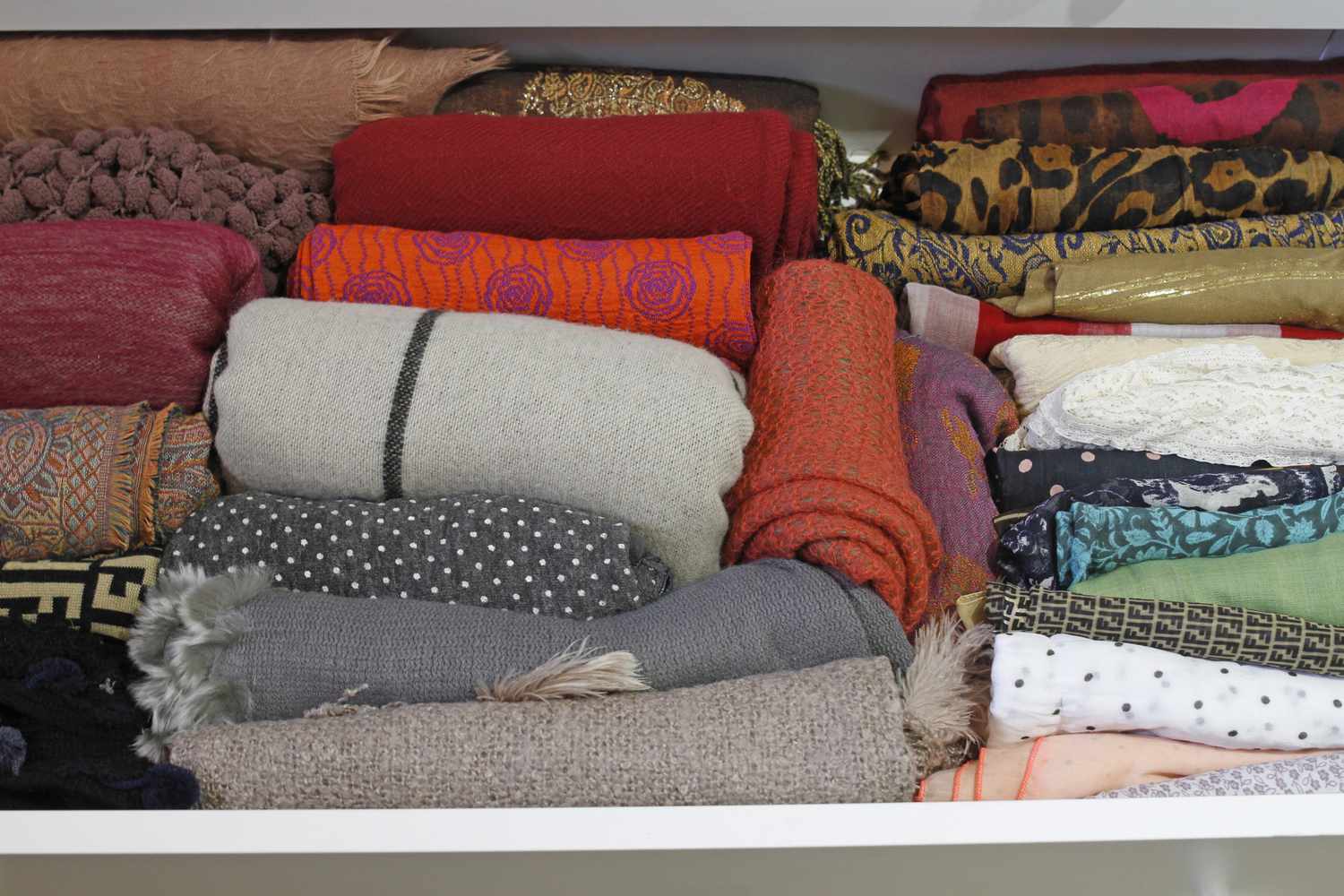

Articles
How To Store Scarves Using A Marie Kondo Approach
Modified: March 3, 2024
Learn how to store scarves the Marie Kondo way with these expert articles. Discover practical tips and techniques to keep your scarves organized and easily accessible.
(Many of the links in this article redirect to a specific reviewed product. Your purchase of these products through affiliate links helps to generate commission for Storables.com, at no extra cost. Learn more)
Introduction
Scarves are not only functional accessories but also fashion statements that can elevate any outfit. Whether you have a collection of cozy winter scarves or delicate silk ones for special occasions, proper storage is essential to keep them in pristine condition.
Marie Kondo, the renowned organization expert and author of “The Life-Changing Magic of Tidying Up,” offers valuable insights into decluttering and organizing various aspects of our lives. Her philosophy centers around keeping only items that spark joy and establishing a well-organized space.
In this article, we will explore Marie Kondo’s approach to scarf organization and provide step-by-step instructions on how to store your scarves. By following these guidelines, you can maintain the quality and longevity of your scarves, ensure easy access, and create a visually pleasing storage solution. So, let’s dive in and transform your scarf collection into a beautifully organized display!
Key Takeaways:
- Transform your scarf collection into a beautifully organized display by following Marie Kondo’s approach. Curate a collection that sparks joy, maximizes space, and maintains scarf quality for easy access and visual appeal.
- Embrace the joy and convenience of an organized scarf collection. Say goodbye to tangled piles and frustration when searching for the perfect scarf. Enjoy the peace, order, and beauty of a well-organized scarf display.
Read more: How To Store Earrings by Marie Kondo
Why Proper Storage of Scarves is Important
Proper storage of scarves is crucial for several reasons. First and foremost, it helps to maintain the quality and longevity of the fabric. Scarves can be made from a variety of materials, such as silk, wool, cashmere, or synthetic blends, each requiring specific care to prevent damage. By storing them correctly, you can protect against fading, stretching, snagging, or other forms of deterioration.
Secondly, organized storage ensures easy access and saves time when choosing a scarf to complement your outfit. Imagine having all your scarves neatly folded and categorized, making it effortless to find exactly what you need. No more rummaging through tangled piles or searching through drawers for a specific scarf. A well-organized storage system allows you to grab your scarf of choice quickly and effortlessly, streamlining your daily routine.
Additionally, proper storage minimizes the chances of misplacing or forgetting about scarves. It’s not uncommon for scarves to get buried at the bottom of drawers or lost in the depths of your closet. When you have a designated storage space for your scarves, it becomes easier to keep track of your collection and ensure that each piece receives equal attention and use.
Lastly, an organized display of scarves can enhance the aesthetic appeal of your space. Scarves, with their vibrant colors, intricate patterns, and soft textures, can be visually striking. By storing them creatively and displaying them as accessories, you not only showcase your personal style but also add a touch of elegance to your living space.
By understanding the importance of proper scarf storage, we can appreciate the value of Marie Kondo’s approach to organization. Let’s now delve into the steps to organize and store your scarves in a way that will bring you joy and convenience.
Marie Kondo’s Approach to Scarf Organization
Marie Kondo’s organizing principles revolve around the concept of keeping items that spark joy and creating a clutter-free environment. When it comes to scarves, her approach focuses on evaluating each one individually and finding a storage solution that allows for easy access and a visually pleasing display.
The first step in Marie Kondo’s approach to scarf organization is to gather all your scarves in one place. Empty your drawers, bins, or wherever you’ve been storing your scarves, and bring them to a clear workspace. This step allows you to assess the full extent of your scarf collection and prevents any scarves from being overlooked or forgotten.
Next, you need to evaluate and declutter. Pick up each scarf and ask yourself if it sparks joy. If the answer is yes, keep it. If it doesn’t bring you happiness or you haven’t used it in a long time, it may be time to let it go. Marie Kondo believes that letting go of unused or unloved items creates space for new experiences and a sense of lightness in our lives.
Once you have decided on the scarves you want to keep, it’s time to choose the right storage method. Marie Kondo emphasizes the importance of finding a storage solution that suits your personal preferences and lifestyle. Some popular options include scarf hangers, drawer dividers, baskets, or even repurposing items like a decorative ladder or hooks on a wall.
Folding techniques play a significant role in Marie Kondo’s organization method. Scarves can be folded in various ways to maximize space and ensure easy access. One folding technique she recommends is the “accordion fold.” Lay the scarf flat, fold it lengthwise into thirds, then fold it in half widthwise. This method creates a compact and uniform shape that can be easily stacked or stored in a drawer.
Categorizing and arranging your scarves is the next step. You can categorize them by color, fabric type, or season, depending on what works best for you. This will make it easier to find the perfect scarf for any occasion. Arrange the scarves in a way that allows you to see each one clearly and appreciate their beauty. Hanging them on scarf hangers or neatly folding them in drawers are popular methods.
Finally, don’t forget about maintenance. To keep your scarves in pristine condition, periodically check for any signs of damage or shedding. Gently wash or dry clean them as per the care label instructions. Ensure they are completely dry before storing them to prevent mildew or odors. Regularly rotating your scarves and inspecting them will help avoid any surprises and maintain their quality over time.
Marie Kondo’s approach to scarf organization offers a practical and mindful way to declutter, organize, and enjoy your scarf collection. By following these steps, you can create a storage solution that not only showcases your scarves but also simplifies your morning routine and brings joy to your daily life.
Step 1: Gather All Your Scarves
The first step in organizing your scarves, following Marie Kondo’s approach, is to gather all your scarves in one place. Empty out those drawers, bins, or storage boxes where your scarves may be scattered, and bring them to a clear workspace. This step is crucial as it allows you to assess the full extent of your scarf collection and prevents any scarves from being overlooked or forgotten.
As you gather your scarves, take a moment to appreciate the variety of styles, colors, and materials you own. You might be surprised at just how many scarves you have accumulated over the years. This step can also serve as an opportunity to reminisce about the memories associated with each scarf and consider how much joy each one brings you.
Arrange the scarves in a way that makes them easily visible, enabling you to see each one clearly. You can lay them out on a clean surface, such as a table or bed, or even hang them on a clothing rack or hanger. By doing so, you can take stock of your collection and get a better sense of what you have.
As you gather your scarves, it’s also important to examine their condition. Check for any signs of wear, tear, or damage like loose threads, holes, or stains. Evaluate whether the scarves are still in good wearable condition or if they need repair or restoration.
During this step, if you come across scarves that no longer spark joy or those that have gone unused for a considerable period, consider letting them go. Marie Kondo encourages us to surround ourselves with items that bring joy and make us feel good. If a scarf no longer brings you joy or serves a purpose in your life, it might be time to pass it along to someone else who will appreciate it.
By gathering all your scarves in one place, you gain a comprehensive view of your collection and create an opportunity to declutter. This step sets the stage for further organization and ensures that no scarves are left behind. So, take the time to collect and assess your scarves, and get ready for the next step in the organizing process.
Step 2: Evaluate and Declutter
Once you have gathered all your scarves in one place, it’s time to evaluate each one individually and declutter your collection. This step, following Marie Kondo’s approach, involves assessing whether each scarf sparks joy and deciding which ones to keep and which ones to let go.
Take each scarf in your hands and take a moment to evaluate how it makes you feel. Does it bring you joy? Does it evoke positive memories or emotions? Consider the color, pattern, texture, and overall aesthetic appeal of the scarf. If it brings a smile to your face or fills you with delight, it’s a keeper.
However, it’s important to be honest with yourself during this process. If a scarf no longer resonates with you or no longer serves its purpose, it may be time to bid it farewell. Perhaps it’s a scarf you used to love but haven’t worn in ages, or maybe it has sentimental value but no longer aligns with your current style. It’s okay to let go of items that no longer bring you joy or actively contribute to your life.
As you evaluate each scarf, consider its practicality as well. Will you realistically wear it in the future? Does it complement your current wardrobe? Eliminating scarves that don’t align with your style or are not suitable for your lifestyle can help streamline your collection and make the remaining scarves more accessible and meaningful.
When it comes to decluttering, there are different ways you can handle the scarves you’ve decided to let go of. You may choose to donate them to a charitable organization, gift them to friends or family members, or even sell them to someone who will appreciate them more. Knowing that your scarves are finding new homes where they will be cherished can bring a sense of fulfillment.
Remember, the goal is not to keep as many scarves as possible, but to curate a collection that brings you joy and makes getting dressed a joyful experience. Decluttering allows you to let go of the excess and create space for new opportunities, both in terms of your physical environment and your overall well-being.
By evaluating each scarf and deciding which ones to keep and which ones to let go, you are actively shaping your collection to align with your personal style and bring you joy. So, with a discerning eye and a willingness to declutter, continue on to the next step of organizing your scarves.
To store scarves Marie Kondo style, fold them into a neat rectangle and store them vertically in a drawer or box. This makes it easy to see and access each scarf without creating a mess.
Step 3: Choose the Right Storage Method
After you have evaluated and decluttered your scarf collection, it’s time to determine the most suitable storage method for your scarves. Marie Kondo emphasizes the importance of finding a storage solution that aligns with your personal preferences and lifestyle.
There are several options you can consider when choosing a storage method for your scarves. One popular choice is scarf hangers, which typically have multiple loops or hooks where you can hang your scarves. This method keeps your scarves visible and easily accessible, allowing you to quickly find the perfect one to complement your outfit.
If you prefer a more concealed storage solution, consider using drawer dividers. These dividers can be placed in your drawers to create separate compartments for each scarf. This method keeps your scarves neatly folded and eliminates any visual clutter. You can also use baskets or bins in your closet or on shelves to store your scarves if you prefer a more casual and relaxed display.
Another creative option is repurposing items like a decorative ladder or hooks on a wall. You can drape your scarves over the ladder rungs or hang them on the hooks, creating a visually appealing display while keeping them easily accessible. This method adds a touch of uniqueness and can be a decorative element in your living space.
When choosing a storage method, consider the amount of space you have available and the number of scarves in your collection. If you have limited space, opt for compact storage solutions like scarf hangers or folded methods. If you have an extensive scarf collection, you might need multiple storage methods or a combination of different ones.
It’s important to note that the storage method you choose should allow for adequate airflow and avoid any potential damage to the scarves. Avoid storing scarves in plastic bags or airtight containers, as this can lead to trapped moisture and potentially cause mold or mildew. Opt for breathable storage options that allow your scarves to “breathe.”
Ultimately, the goal is to choose a storage method that not only keeps your scarves organized but also brings you joy visually. Consider your personal style and aesthetic preferences when deciding on the storage method that best suits you.
By selecting the right storage method for your scarves, you create a visually pleasing and efficient way to store and access your collection. So, whether you choose scarf hangers, drawer dividers, repurposed items, or a combination of these, let’s move on to the next step in organizing your scarves.
Step 4: Folding Techniques
Properly folding your scarves is an essential step in organizing and storing them effectively. Marie Kondo emphasizes the importance of maximizing space and ensuring that each scarf remains in good condition. Here are some folding techniques that can help you achieve this:
1. Accordion Fold: Lay the scarf flat on a clean surface. Fold it lengthwise into thirds, forming a long strip. Then, fold the strip in half widthwise. This creates a compact and uniform shape that can be easily stacked or stored in a drawer.
2. Roll Fold: Lay the scarf flat and fold it in half lengthwise. Starting from one end, roll the scarf tightly until you reach the other end. This folding technique is ideal for scarves made of delicate fabrics like silk or chiffon, as it minimizes creases and preserves the scarf’s texture.
3. Triangle Fold: Fold the scarf diagonally to form a triangle. Then, continue folding the triangle from the wide end to the pointed end, creating a long strip. This method works well with larger scarves and allows for easy storage and visibility.
4. KonMari Knot: Lay the scarf flat and fold it in half diagonally to form a triangle. Starting from the wide end, roll the scarf tightly until you reach the pointed end. Bring the ends of the rolled scarf together and tie a small knot. This folding technique adds a decorative touch and keeps the scarf compact and secure.
When folding your scarves, it’s important to consider the material. Delicate fabrics like silk should be handled with care to avoid snagging or stretching. Lay a soft cloth or tissue paper on the surface before folding to protect the scarf from potential damage.
Remember to create consistency in your folding techniques throughout your scarf collection. This will not only create a visually pleasing display but also maximize space and make it easier to find the scarf you need.
Consider storing your folded scarves in a drawer, crate, or basket where they can remain organized and easily accessible. Experiment with different folding techniques to find the one that works best for you and your scarves.
By utilizing these folding techniques, your scarves will remain in good condition, take up less space, and be easily visible. So, let’s move on to the next step of categorizing and arranging your scarves in a way that brings joy and convenience.
Step 5: Categorize and Arrange Scarves
After folding your scarves, it’s time to categorize and arrange them in a way that makes them easy to find and visually appealing. Marie Kondo’s method encourages creating a system that brings you joy and allows for efficient organization. Here’s how you can categorize and arrange your scarves:
1. Color Coordination: One way to categorize your scarves is by color. Arrange them from light to dark shades or group them based on color families. This method not only creates a visually pleasing display but also makes it easier to find a scarf that complements your outfit.
2. Material or Fabric Type: Another way to categorize your scarves is by material or fabric type. Separate them into groups such as silk, wool, cashmere, or synthetic blends. This can be particularly useful when selecting a scarf for a specific season.
3. Pattern or Style: Categorizing by pattern or style can be helpful if you have a variety of scarves with different prints or designs. Group them together based on patterns like floral, geometric, animal print, or solid colors. This arrangement allows you to easily find a scarf that matches your mood or outfit.
4. Seasonal Rotation: If you have scarves suitable for different seasons, consider rotating them based on the time of year. Store off-season scarves in a separate container or towards the back of your storage area. This way, you can access the scarves that are most relevant for the current season effortlessly.
When arranging your scarves, make sure they are easily visible and accessible. Hanging scarves on a scarf hanger or using hooks on a wall can create a visually appealing display and make it easy to select the scarf you desire. Alternatively, neatly folded scarves can be placed in drawers or baskets, with labels or dividers to indicate the different categories.
Experiment with different arrangements until you find one that suits your aesthetic preferences and lifestyle. Remember that the goal is to create an organized and visually pleasing display that brings you joy every time you see it.
Additionally, consider the available space you have when arranging your scarves. Optimize the use of vertical space by using hooks or utilizing the walls of your closet for hanging scarves. If drawer or shelf space is limited, consider using foldable fabric storage cubes or containers to stack the scarves neatly.
By categorizing and arranging your scarves, you create an organized system that allows you to easily find and appreciate each piece. So, let’s move on to the final step – maintenance tips for long-term storage to ensure the longevity of your scarf collection.
Step 6: Maintenance Tips for Long-term Storage
Proper maintenance is crucial to ensure the longevity of your scarf collection, especially during long-term storage. Here are some essential tips to keep your scarves in excellent condition:
1. Clean Before Storing: Before storing your scarves, make sure they are clean. Follow the care instructions provided by the manufacturer and gently wash or dry clean the scarves as necessary. Storing dirty scarves can lead to the development of stains or odors over time.
2. Ensure Fully Dry: Ensure that your scarves are completely dry before storing them. Moisture can lead to mildew or unpleasant odors, which can be difficult to remove. Allow your scarves to air dry thoroughly or use a low-heat setting on a gentle dryer cycle to expedite the drying process.
3. Avoid Direct Sunlight: When storing your scarves, keep them away from direct sunlight. Prolonged exposure to UV rays can cause fading and damage to the fabric over time. Store your scarves in a cool and dark location to preserve their vibrant colors and quality.
4. Use Acid-free Tissue Paper: To prevent creases and protect delicate fabrics, consider placing acid-free tissue paper in-between folded scarves. This will create a protective barrier and minimize the risk of any potential damage or color transfer between scarves.
5. Rotate Your Scarves: To ensure equal use and prevent any potential damage from prolonged storage, periodically rotate your scarves. This allows all scarves in your collection to receive proper attention and wear. Take the time to inspect each scarf for any signs of wear or damage during this process.
6. Pest Prevention: To protect your scarves from potential damage caused by pests, consider adding cedar chips or lavender sachets to your storage area. These natural deterrents can help prevent moth or insect infestation.
7. Regularly Inspect: Make it a habit to regularly inspect your stored scarves. Check for any signs of damage, loose threads, or stretched fibers. Promptly address any issues to prevent further deterioration and maintain the quality of your scarves.
By following these maintenance tips, you can ensure that your scarves remain in excellent condition throughout long-term storage. When you decide to bring them out again, you’ll be delighted to find scarves that are ready to be worn, cherished, and enjoyed.
With the completion of this final step, you have successfully organized and stored your scarf collection using Marie Kondo’s approach. Your scarves are now neatly arranged, easily accessible, and protected for the long term. Enjoy the satisfaction that comes from an organized and well-maintained scarf collection!
Conclusion
Organizing and storing your scarves using Marie Kondo’s approach can be a transformative experience. By following the steps outlined in this article, you have transformed your scarf collection from a cluttered and overwhelming mess into a beautifully organized and easily accessible display.
Through the process of gathering, evaluating, and decluttering your scarves, you have curated a collection that sparks joy and reflects your personal style. Choosing the right storage method and using folding techniques have allowed you to maximize space and maintain the quality of your scarves. Categorizing and arranging your scarves further enhances the visual appeal and makes it easier to find the perfect scarf for any occasion.
By implementing the maintenance tips for long-term storage, you have ensured that your scarves will remain in excellent condition, ready to be enjoyed whenever you reach for them. Regularly inspecting your scarves and rotating them will help prevent any damage or neglect during their time in storage.
Organizing and storing your scarves using Marie Kondo’s principles is not just about creating a clutter-free space, but also about cultivating a sense of joy, appreciation, and harmony in your daily life. As you go through this process, you will develop a deeper connection with your scarves and a heightened gratitude for the pieces that bring you joy.
Remember, organizing your scarves is not a one-time task but an ongoing process. As your collection evolves and your preferences change, periodically revisit the steps outlined in this article to refresh and refine your organization system.
Embrace the joy and convenience of having an organized scarf collection. Say goodbye to tangled piles and frustration when searching for the perfect scarf. Now, every time you open your drawer or glance at your scarf display, you’ll be greeted with a sense of peace, order, and beauty.
So, go ahead and enjoy the benefits of a well-organized scarf collection. Let the organization, cleanliness, and visual appeal of your scarves serve as an inspiration for other areas of your life. Happy organizing and may your scarves bring you endless joy!
Frequently Asked Questions about How To Store Scarves Using A Marie Kondo Approach
Was this page helpful?
At Storables.com, we guarantee accurate and reliable information. Our content, validated by Expert Board Contributors, is crafted following stringent Editorial Policies. We're committed to providing you with well-researched, expert-backed insights for all your informational needs.
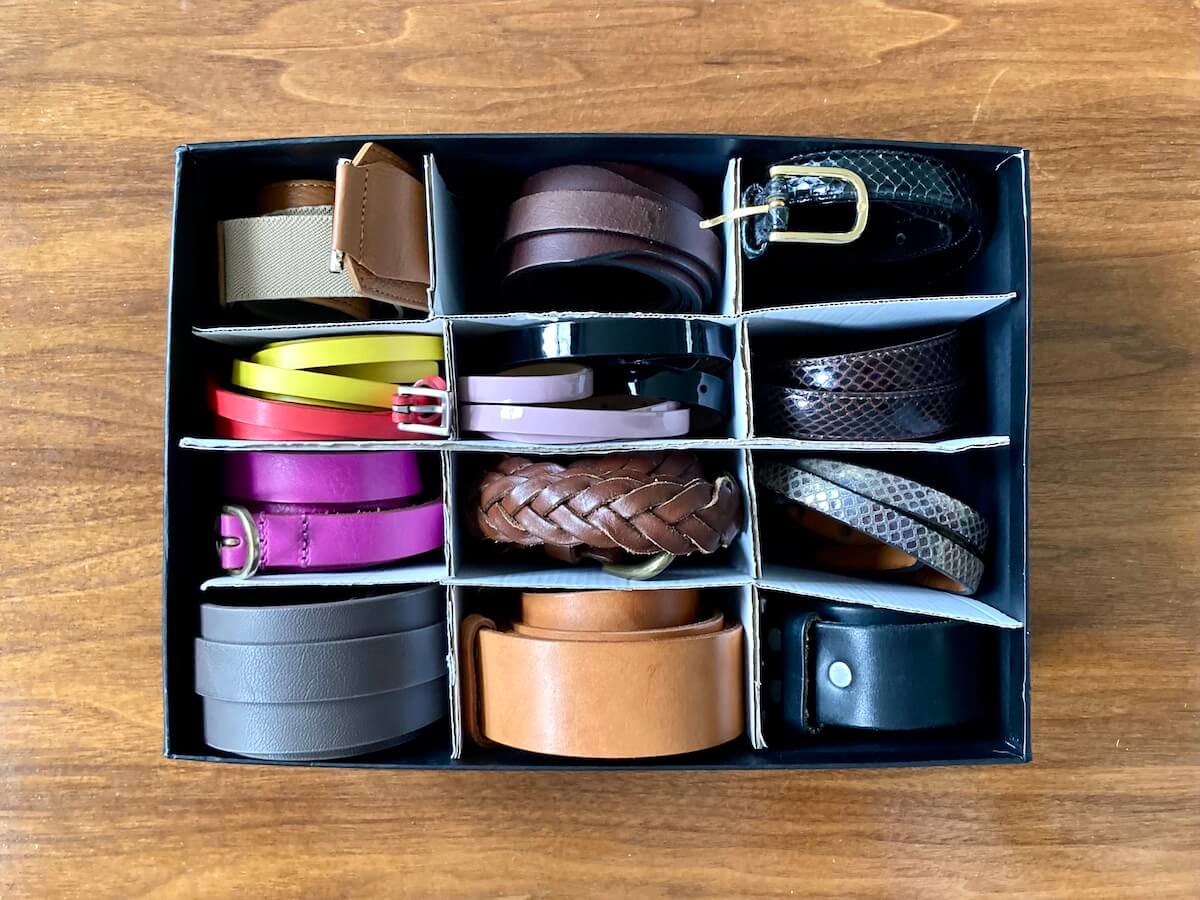
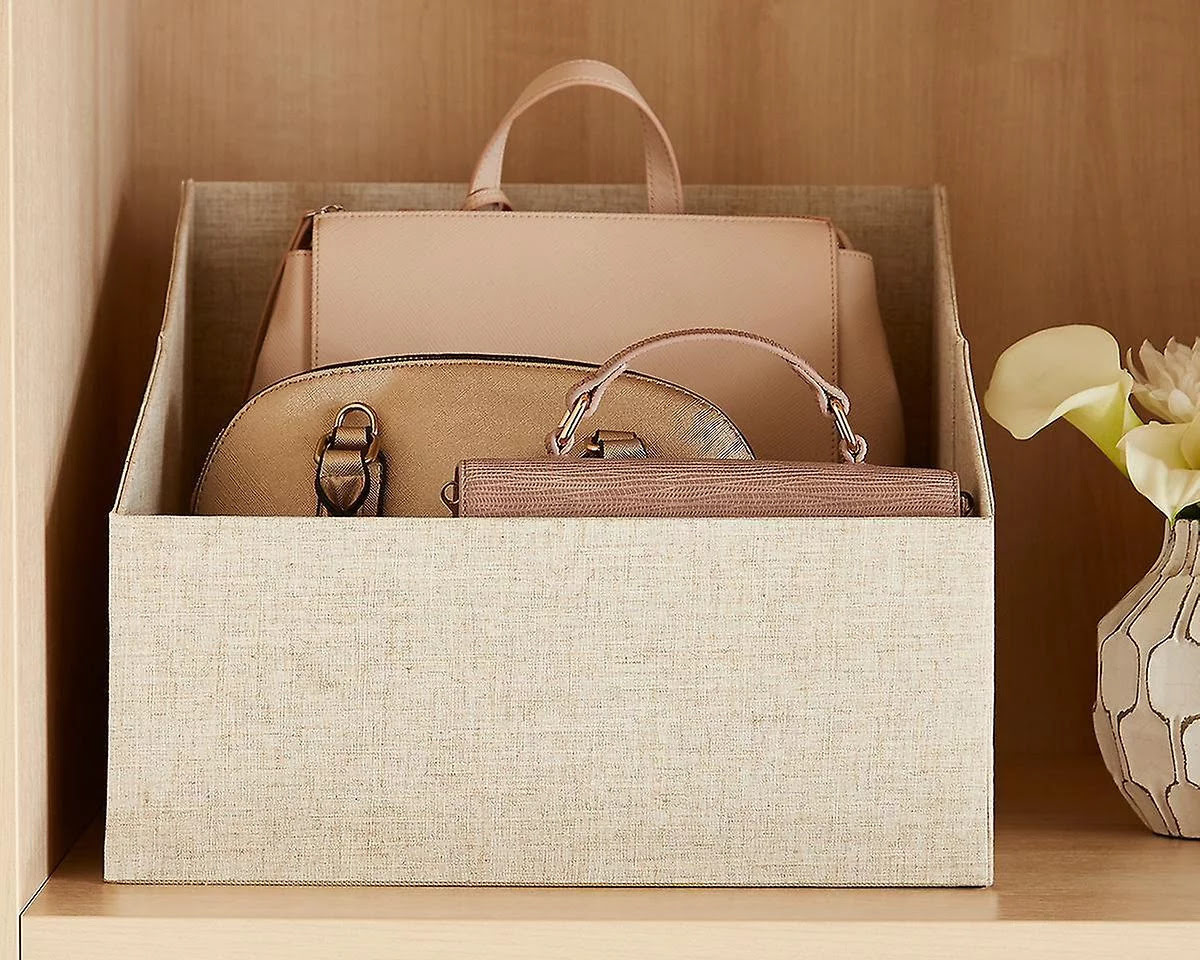
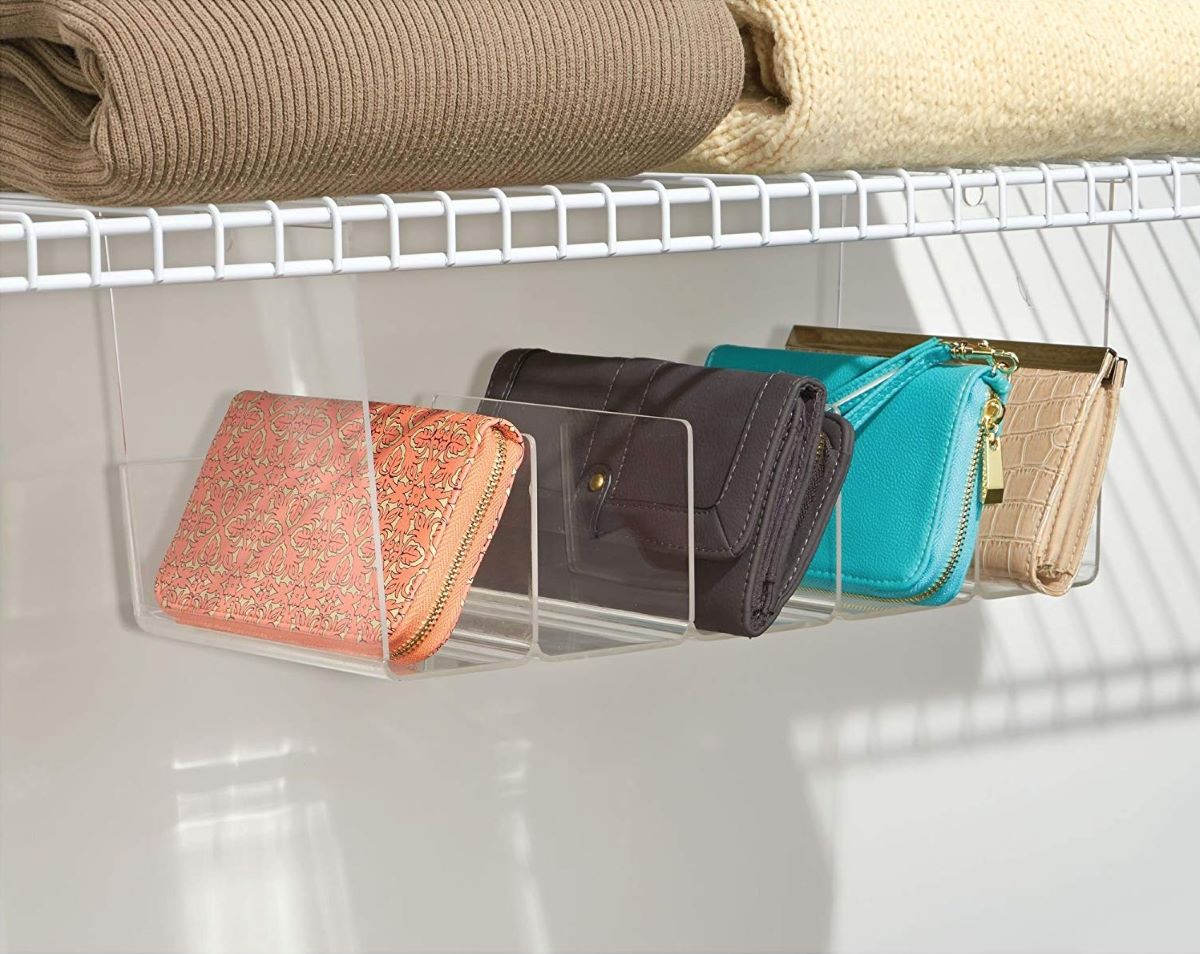
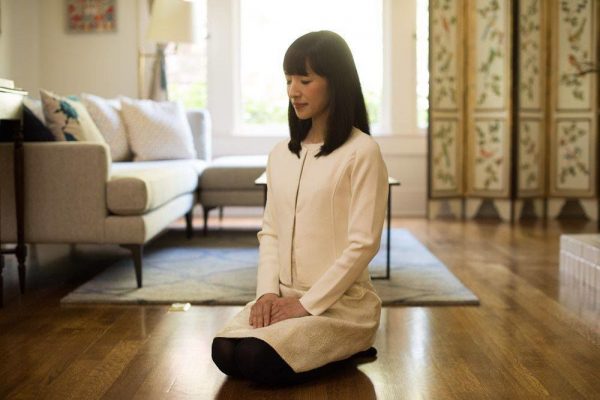

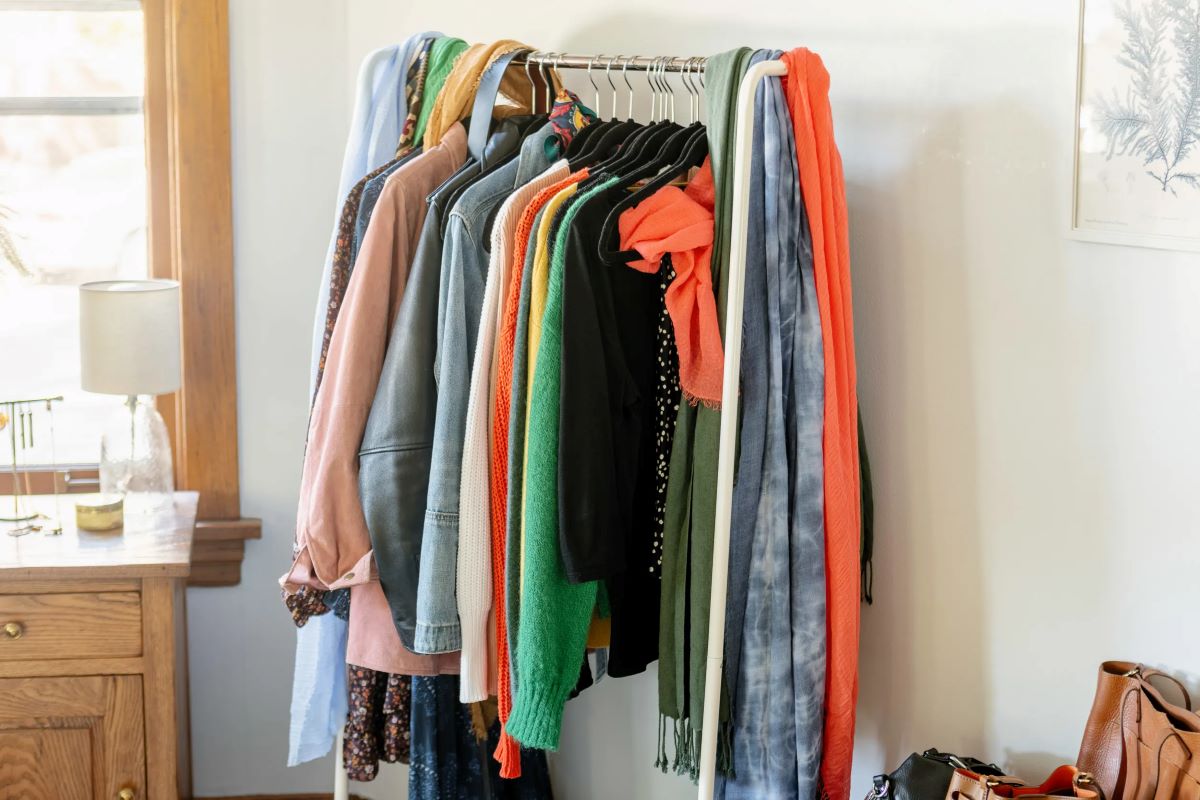
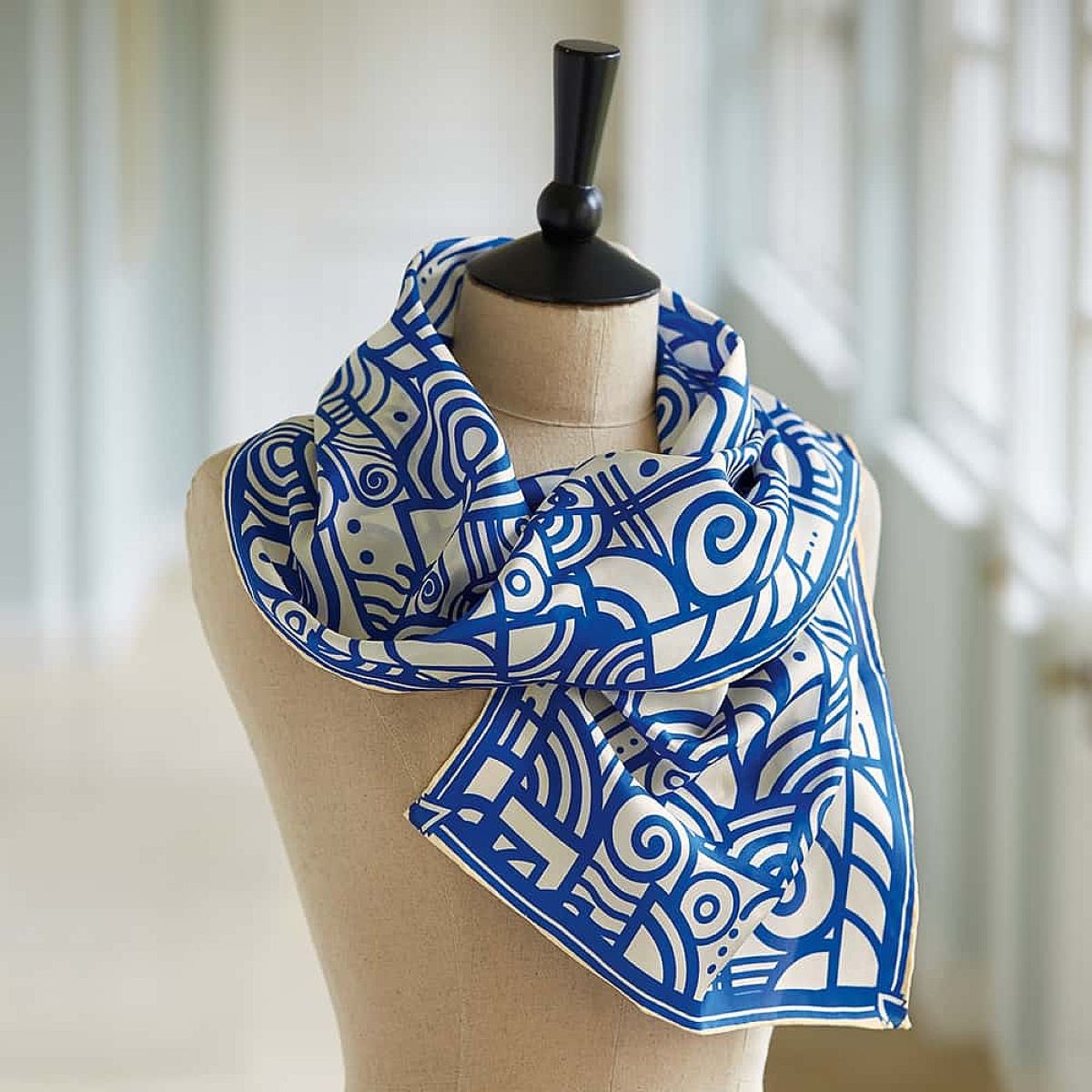


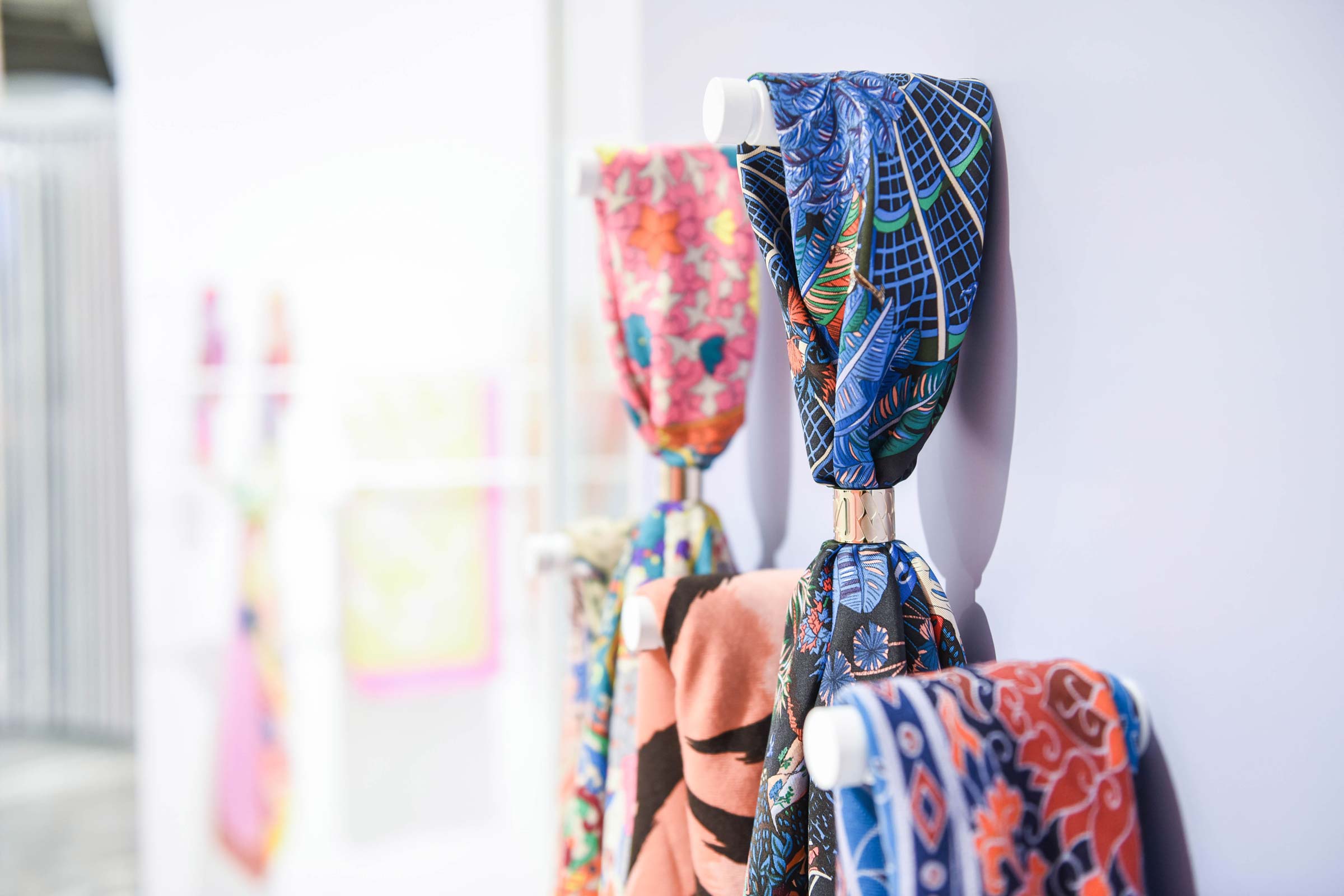
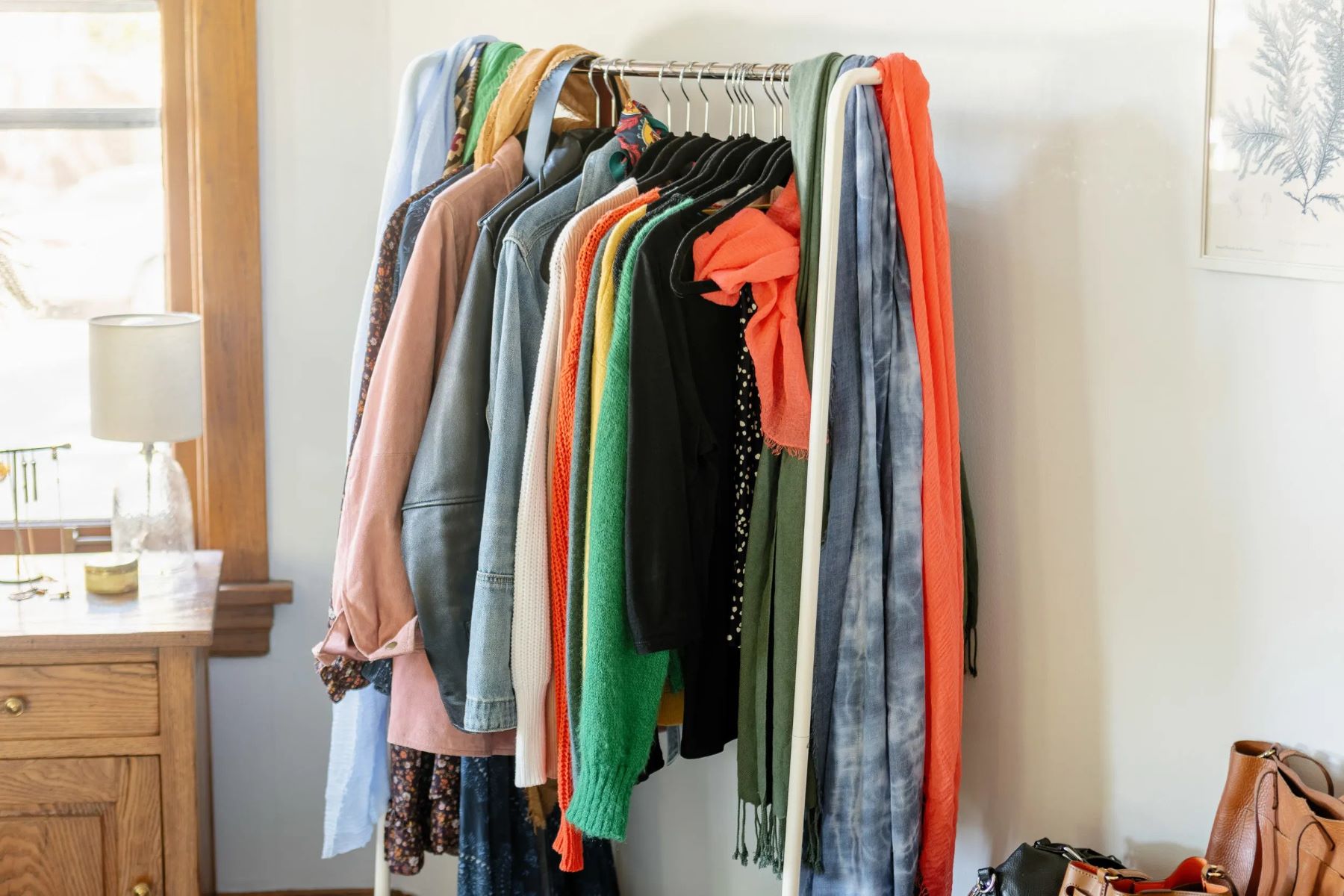
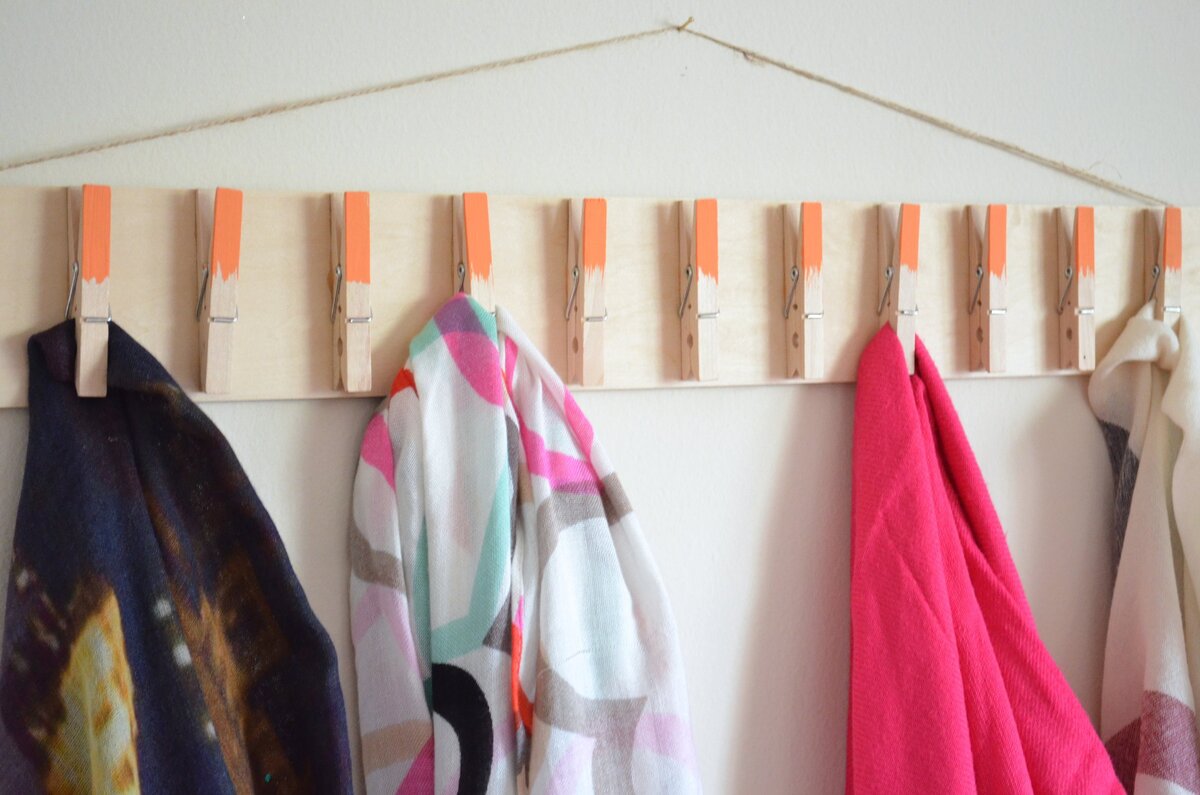
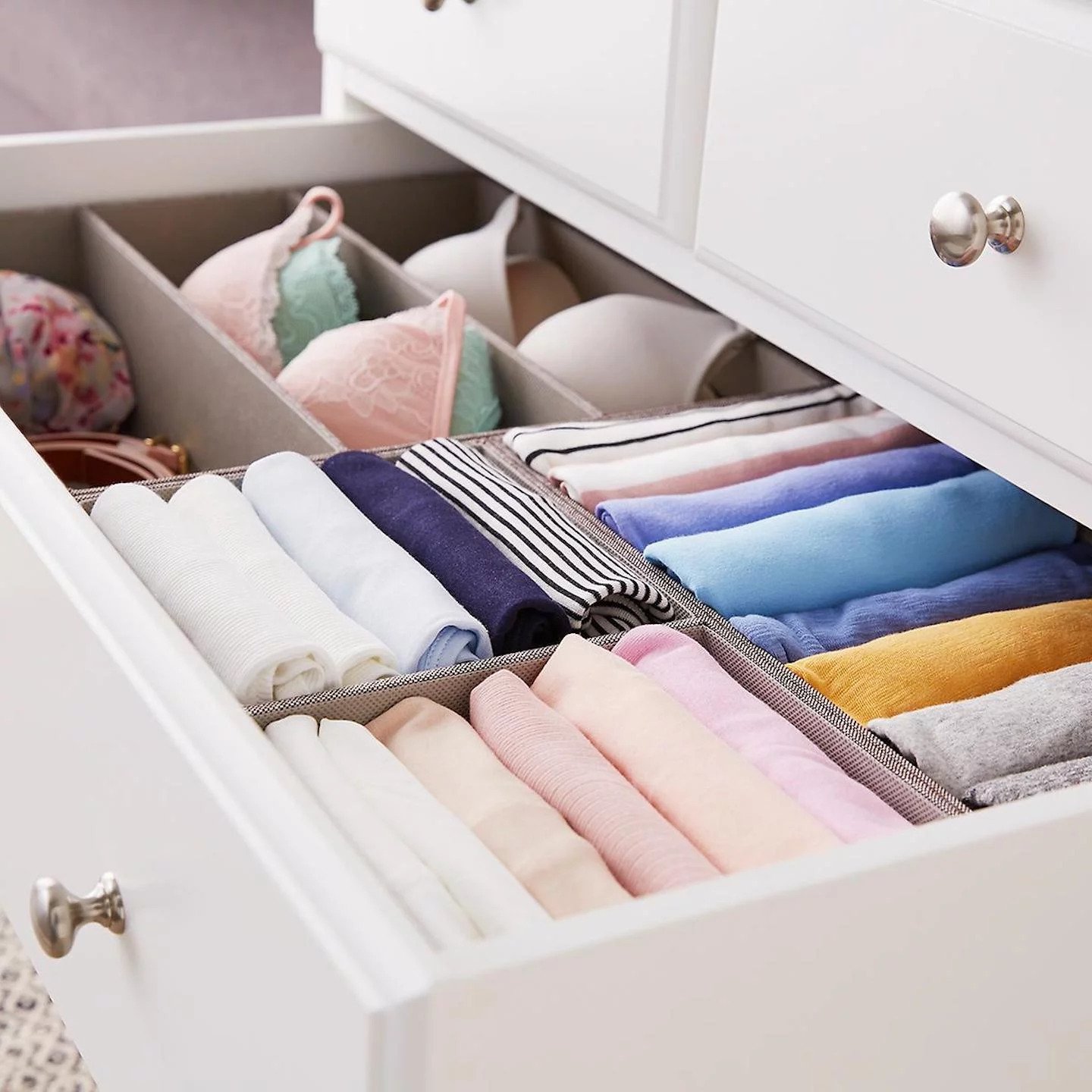

0 thoughts on “How To Store Scarves Using A Marie Kondo Approach”